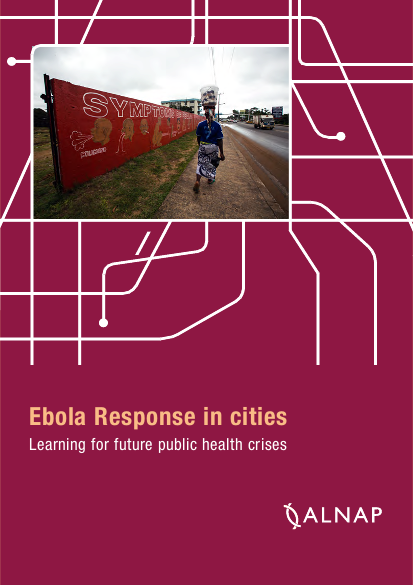
The 2014/15 West African Ebola Virus Disease (EVD) outbreak was the ‘largest, most severe and most complex Ebola epidemic the world has ever seen’ (WHO, 2014b). It was the first time the disease had affected an urban centre. The 23 prior outbreaks of EVD in Africa had all been largely rural, and the largest outbreak, in Gulu, Uganda, had infected only 425 people. As such, there was no expectation or experience of a massive urban outbreak. While the unprecedented ‘urban-ness’ of this EVD outbreak did not go unnoticed, particularly by the media, overall this recognition did not result in an urban-appropriate response. As part of a learning initiative spanning across the EVD epidemic in West Africa, this paper aims to share reflections and learning about the urban nature of the EVD outbreak. In doing so, it aims to improve future urban public health responses. It builds on existing learning around the EVD response, focusing on urban issues as a noted gap in the key literature on the response thus far.
Resource collections
- COVID-19 Response Collection
- Learning from crises
- UN Habitat - Urban Response Collection
- Urban Response - Urban Crisis Preparedness and Risk Reduction
- Urban Response Collection - Community Engagement and Social Cohesion
- Urban Response Collection - Economic Recovery
- Urban Response Collection - Environment and Climate Change
- Urban Response Collection - Housing, Land and Property
- Urban Response Collection - Urban Crisis Response, Recovery and Reconstruction
- Urban Response Collection - Urban Resilience